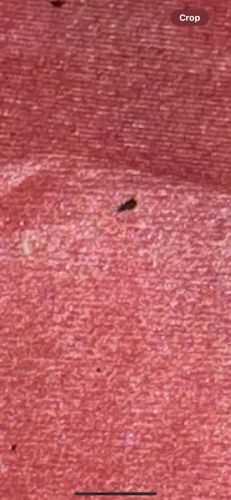House fly
Scientific Name: Musca domestica
Order & Family: Diptera, Muscidae
Size: 6-9 millimeters (0.2-0.4 inches)

Natural Habitat
House flies are ubiquitous and thrive in human-associated environments. They are commonly found in homes, farms, garbage dumps, composting sites, and other areas where organic waste is abundant.
Diet & Feeding
The house fly is a generalist feeder that consumes a wide range of decaying organic matter, including food waste, feces, carrion, and manure. Their mouthparts are designed for sponging liquids, so they dissolve solid food with saliva before ingesting it.
Behavior Patterns
Flies are typically active during the day, seeking out warm, moist environments. They are strong flyers and can travel significant distances. They land frequently, often on surfaces that contain decaying matter, which contributes to their role in disease transmission. Their life cycle includes egg, larva (maggot), pupa, and adult stages, with rapid development in favorable conditions.
Risks & Benefits
Potential risks include the transmission of numerous pathogens, causing diseases such as salmonellosis, dysentery, cholera, and typhoid, as they pick up bacteria from decaying matter and transfer them to food and surfaces. They can also be a nuisance. Potential benefits include their role as decomposers, breaking down organic matter, and to a lesser extent, pollination of some plants.
Identified on: 8/30/2025